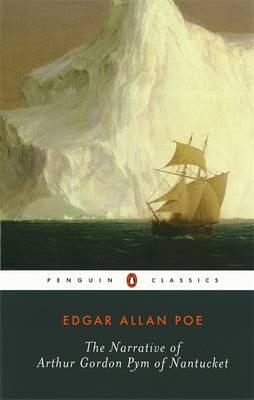 Not your usual book to feature here, however with a heavy connection to Arno Schmidt’s “Bottom’s Dream” I made the effort to read Poe’s longest work from start to finish. For people not familiar with “Bottom’s Dream” it is (loosely) the story of two Edgar Allan Poe translators, their daughter and a Poe expert.
Not your usual book to feature here, however with a heavy connection to Arno Schmidt’s “Bottom’s Dream” I made the effort to read Poe’s longest work from start to finish. For people not familiar with “Bottom’s Dream” it is (loosely) the story of two Edgar Allan Poe translators, their daughter and a Poe expert.
“The Narrative of Arthur Gordon Pym of Nantucket” was Edgar Allan Poe’s only novel, first published in July 1938, it opens with a Preface explaining how two instalments were interpreted by Poe and published in the Southern Literary Messenger, and that the tale from there onwards is written in the hand of Arthur Gordon Pym himself. Although the whole collection is written in the first person, the real reason for the non-serialisation of the work being Poe’s leaving his role at the Messenger.
The early chapters introduce us to Pym and his attraction to rollicking adventures on the high seas. His initial attraction to a career on the seas, a whaling ship, starting when he decides with a highly intoxicated friend, Augustus, to head out to sea in the middle of the night. Their little boat is destroyed by a whaling ship and they are subsequently rescued:
Hardly had I come to this resolution, when, suddenly, a loud and long scream or yell, as if from a throats of a thousand demons, seemed to pervade the whole atmosphere around and above the boat. Never while I live shall I forget the intense agony of terror I experienced at that moment. My hair stood erect on my head – I felt the blood congealing in my veins – my heart ceased utterly to beat, and without having once raised my eyes to learn the source of my alarm, I tumbled headlong and insensible upon the body of my fallen companion.
This adventure only fuels Pym’s further desire to travel the seas and, against his grandfather’s wishes, he stows away on another whaling vessel, in the hull, where he becomes trapped due to a mutiny on board.
I have been thus particular in speaking of Dirk Peters, because, ferocious as he appeared, he proved the main instrument in preserving the lie of Augustus, and because I shall have frequent occasion to mention him hereafter in the course of my narrative – a narrative, let me here say, which, in its latter portions, will be found to include incident of a nature so entirely out of the range of human experience, and for this reason so far beyond the limits of human credulity, that I proceed in utter hopelessness of obtaining credence for all that I shall tell, yet confidently trusting in time and progressing science to verify some of the most important and most improbably of my statements.
The novel has numerous highly co-incidental events and an unreliable narrator. For example, at one stage a note, written in blood is blank on one side, later we learn the note was written on the back of a letter. Characters who perform some act “many years later” are suddenly dead a few pages later. We also have extreme stretches of the imagination (“quite out of the range of human experience”?), at one stage Pym orchestrates the overthrow of the mutineers by disguising himself as a corpse:
As soon as I got below I commenced disguising myself so as to represent the corpse of Rogers. The shirt which we had taken from the body aided us very much, for it was of singular form and character, and easily recognizable – a kind of smock, which the deceased wore over his other clothing. It was a blue stockinet, with large white stripes running across. Having put this on, I proceeded to equip myself with a false stomach, in imitation of the horrible deformity of the swollen corpse. This was soon effected by means of stuffing with some bedclothes. I then gave the same appearance to my hands by drawing on a pair of white woollen mittens, and filling them in with any kind of rage that offered themselves. Peters then arranged my face, first rubbing it well over with white chalk, and afterward blotching it with blood, which he took for a cut in his finger. The streak across the eye was not forgotten and presented a most shocking appearance.
We then move into the world of cannibalism, searching for lost archipelagos in the South Seas, a trek towards the Antarctic and the discovery of Tsalal (more on that name later), and the “savages” that inhabit the islands, and their language;
In truth, from everything I could see of these wretches, the appeared to be the most wicked, hypocritical vindictive, bloodthirsty, and altogether fiendish race of men upon the face of the globe.
It is the language of the “savages” of Tsalal, and the name of the islands, that I visited this work in the first place. “Bottom’s Dream” by Arno Schmidt, for at least the first twenty-five pages frequently uses the term “Anamoo-moo”, in fact the opening words (in the far left column) of the whole book are “: >Anna Mooh=Mooh!< -“
After searching about for some time, we discovered an inlet, which we were entering, when we saw four large canoes put off from the shore, filled with men who seemed to be well armed. We waited for them to come up, and, as they moved with great rapidity, they were soon within hail. Captain Guy now held up a white handkerchief on the blade of an oar, when the strangers made a full stop. And commence a loud jabbering all at once, intermingled with occasional shouts, in which we could distinguish the words Anamoo-moo! And Lama-Lama! They continued this for at least half an hour, during which we had a good opportunity of observing their appearance.
The sum total of the native’s language throughout Pym’s adventures are as follows, I’m documenting them here for future reference in case Schmidt throws another one or two in there:
Anamoo-moo!
Lama-Lama!
Klock-Klock
Wampoos (great women)
Yampoos (great men)
Too-wit (the chief)
Mattee non we pa pa si (“no need for arms where all were brothers)
Tekeli-li Tekeli-li
Nu-nu (one of the natives they capture)
King Tsalemon or Psalemoun (ruler of the islands), and
Tsalal
The commencement of the words Tsalemon and Tsalal was given with a prolonged hissing sound, which we found it impossible to imitate, even after repeated endeavors, and which was precisely the same with the note of the black bittern we had eaten upon the summit of the hill.
J.V. Ridgley (Columbia University) has published an article in the Edgar Allan Poe Society Journal “Poe Studies” (Vol III) (1970) with the following definitions of the words:
Anamoo-moo: from hana (to shine, to glow) plus mumu (to collect together, a swarm); hence, a collection of shining objects.
Lama-Lama: from lamalama (many lights, much light).
Too-wit: possibly tui, which Tregear gives as “a king, a governor.”
Klock-Klock: no word for “village” located which resembles Poe’s spelling; possibly an imitation of “click” sounds.
Wampoos/Yampoos: Tregear translates pu as “tribe”; the prefix somewhat resembles hau, meaning “illustrious, royal, commanding.”
Mattee non we pa pa si: mate is a common word meaning “to kill, to die”; papa can mean “race, family.” The other words are probably not Polynesian. Poe renders the sentence as “there was no need for arms where all were brothers.”
Tekeli-li: under ririri Tregear gives tekelili (to shiver, to shake). But splitting Poe’s word into tiki (god) and lili (angry) would also fit the context.
Nu-Nu: Tregear gives several translations under nunu, none of which is particularly relevant as the name of this native.
Tsalal and Tsalemon/Psalemoun: not Polynesian, but drawn from a transliteration of the “Ethiopian [Geëz] verbal root” discussed in Poe’s concluding “Note.” The source here was Gesenius’s Hebrew and Chaldee Lexicon (Boston, 1836).
“Tsalal”, as pointed out to me by @ReemK10 on Twitter, from KJV Old Testament Hebrew has three meanings;
A verb (1) to be or become or grow dark
a. (Qal) to become of grow darker
b. (Hipil) to shadow
A verb (1) to tingle, quiver
a. (Qal)
1. To tingle (of ears)
2. To quiver (of fear)
A verb (1) (Qal) to sink, be submerged
Initially I was leaning towards the “sink, submerged definition, given the archipelago is like an Atlantis, however when the whole Poe novel is read, the first definition of darkness and shadow definitely is a more likely fit.
Poe’s novel also includes hieroglyphics, for obvious reasons I cannot reproduce them here (I possibly could if I looked at all the Windings font’s but that’s way too hard), I await the Schmidt reference.
There are a number of sections in Poe’s novel that are quite tedious, a few successive chapters where the location of their boat, the temperature, the winds and currents are discussed in detail, the book moves from a boy’s adventure yarn to a ship’s log! As Poe was paid $3 per page, when the work was serialised, although these sections weren’t part of the serialisation) these may be Poe fattening out the tale to a decent length, they may also be to attract the readers of whaling and shipping tales, personally I found them quite droll.
The book itself has a sudden and mysterious ending, adding to Poe’s oeuvre of the mysterious, this was one element I found enjoyable, although often criticised. A work that, although flawed, reinforces the multiple, overlooked, talents of Edgar Allan Poe and a work that shows the typecasting of Poe as a writer of mystery and intrigue is too shallow.
Jules Verne uses this novel as the starting point for his work “An Antarctic Mystery”, apparently scholars Partick F. Quinn and John J. McAleer have noted parallels between Herman Melville’s “Moby Dick” and this book. In Yann Martel’s “Life of Pi” the tiger on the liferaft is called Richard Parker, a character from Pym and the list goes on and on.
Whilst not being anywhere near a scholar in any form of writing, nor having much previous exposure to Edgar Allan Poe, all of my thoughts and comments are to be taken with a grain of salt, I merely read the work as a reference tool for my long-term ambition of reading (and understanding a little more) Arno Schmidt’s “Bottom’s Dream”, am I any the wiser? I know I enjoyed the novel, I think the “thrill of the chase” understanding the tongue of the Tsalal natives draws a few parallels to Schmidt’s work, only time will tell if the effort was worthwhile.

 In 1792 “ROBERT BARKER of EDINBURUGH built the world’s first PANORAMA”.
In 1792 “ROBERT BARKER of EDINBURUGH built the world’s first PANORAMA”.

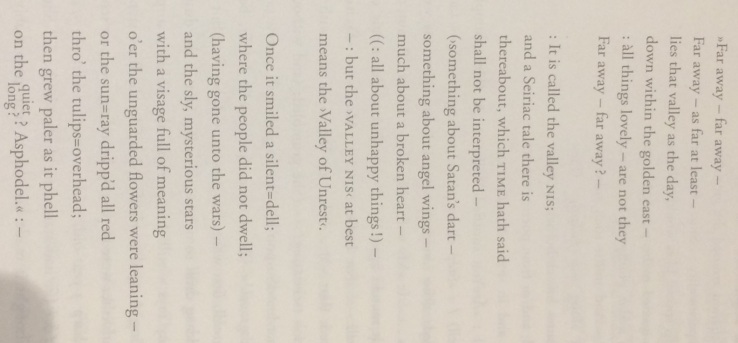




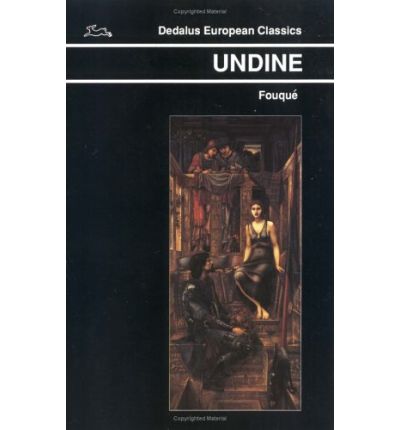
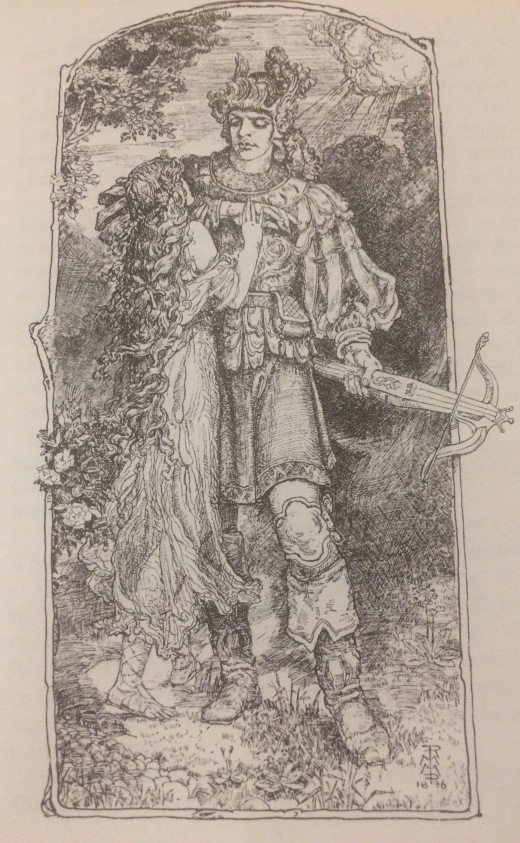 The fantasy fairy tale language a pleasure to read, bringing back childhood memories of similar tales (although I’m not sure I had tales like these to read, ageing memory getting me!!!) And reading this work with an Arno Schmidt bent made some of the references to “Crystal” (see an earlier “Bottom’s Dream” post about the etym there) did make me smile.
The fantasy fairy tale language a pleasure to read, bringing back childhood memories of similar tales (although I’m not sure I had tales like these to read, ageing memory getting me!!!) And reading this work with an Arno Schmidt bent made some of the references to “Crystal” (see an earlier “Bottom’s Dream” post about the etym there) did make me smile.
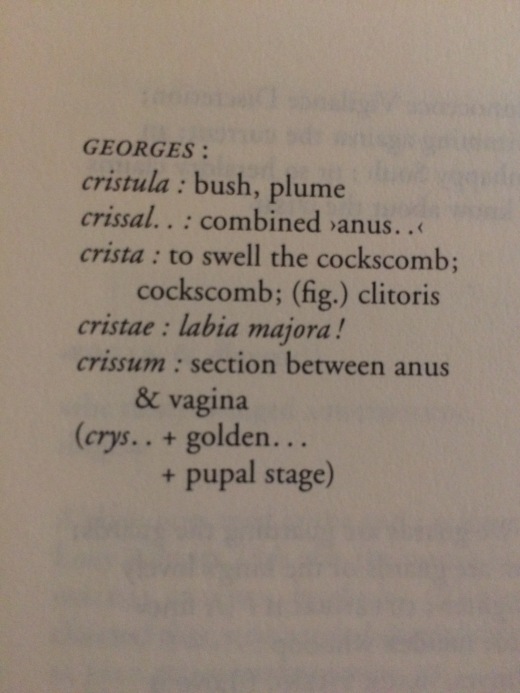
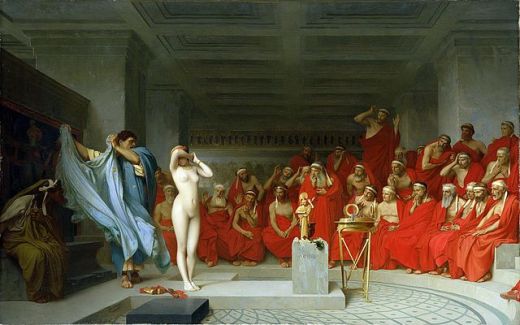

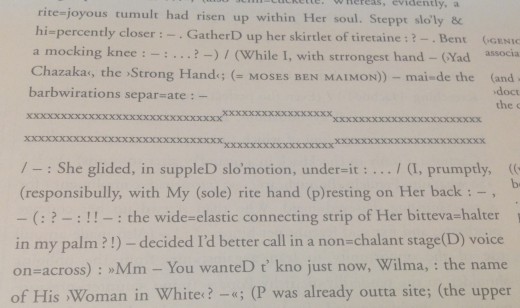



 Not your usual book to feature here, however with a heavy connection to Arno Schmidt’s “Bottom’s Dream” I made the effort to read Poe’s longest work from start to finish. For people not familiar with “Bottom’s Dream” it is (loosely) the story of two Edgar Allan Poe translators, their daughter and a Poe expert.
Not your usual book to feature here, however with a heavy connection to Arno Schmidt’s “Bottom’s Dream” I made the effort to read Poe’s longest work from start to finish. For people not familiar with “Bottom’s Dream” it is (loosely) the story of two Edgar Allan Poe translators, their daughter and a Poe expert.